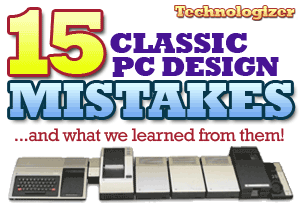 There’s no such thing as the perfect computer, and never has been. But in the personal computer’s long and varied history, some computers have been decidedly less perfect than others. Many early PCs shipped with major design flaws that either sunk platforms outright or considerably slowed down their adoption by the public. Decades later, we can still learn from these multi-million dollar mistakes. By no means is the following list exhaustive; one could probably write about the flaws of every PC ever released. But when considering past design mistakes, these examples spring to my mind.
There’s no such thing as the perfect computer, and never has been. But in the personal computer’s long and varied history, some computers have been decidedly less perfect than others. Many early PCs shipped with major design flaws that either sunk platforms outright or considerably slowed down their adoption by the public. Decades later, we can still learn from these multi-million dollar mistakes. By no means is the following list exhaustive; one could probably write about the flaws of every PC ever released. But when considering past design mistakes, these examples spring to my mind.
Special thanks to Steven Stengel of the Obsolete Technology Homepage for providing many of the photos in this article.
Apple III (1980)
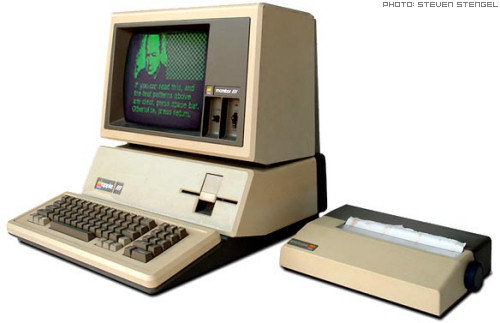
The Apple III was Apple’s first computer not devised by Steve Wozniak, Apple’s co-founder. Instead, a committee of engineers designed it to be the “perfect” business system. With an absurdly high price (options ranged between $4,340 to $7,800–about $11,231 to $20,185 in 2009 dollars) and numerous bugs at launch, the Apple III was doomed to failure.
Problem #1: No Power Supply Fan
The Apple III’s lack of power supply fan caused system to heat up, warping the motherboard and unseating certain socketed chips.
 What Were They Thinking?
What Were They Thinking?
According to Apple insiders, Steve Jobs’ zeal for a simple and silent computer design forced the Apple III team to exclude a cooling fan for the power supply. Apple later suggested a simple fix for the heat-warping problem: raise the Apple III a few inches off a hard surface and drop it, hopefully re-seating the chips in the process. Fortunately, that advice wasn’t required for later Apple computers that lacked fans.
Problem #2: Limited Apple II Compatibility
To run an Apple III in Apple II mode, one had to first boot from a special floppy disk. Once in Apple II emulator mode, the user could not use any of the Apple III’s enhanced hardware, including 80 column text mode or the real-time clock. Compatibility with Apple II software was not perfect, as many software packages used direct memory writes in the form of PEEKs and POKEs that didn’t line up with the Apple III’s memory structure.
What Were They Thinking?
Like IBM and the PC/PCjr, Apple wanted a clear product delineation between their “home” machine (the Apple II) and their “professional” machine (the Apple III). As a result, Apple II compatibility on the Apple III was intentionally crippled.
Continue Reading →

 Today’s versions of Lunar Lander are easily taken for granted; they’re generally regarded as dinky games you can get for free–“Who would pay for that?”
Today’s versions of Lunar Lander are easily taken for granted; they’re generally regarded as dinky games you can get for free–“Who would pay for that?”
 My pals at Gizmodo are conducting a fun week-long exercise in nostalgia in the form of
My pals at Gizmodo are conducting a fun week-long exercise in nostalgia in the form of 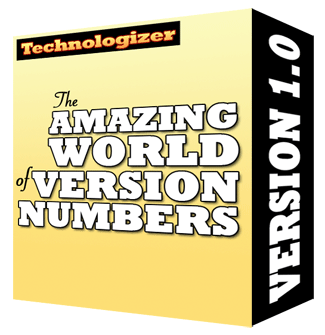
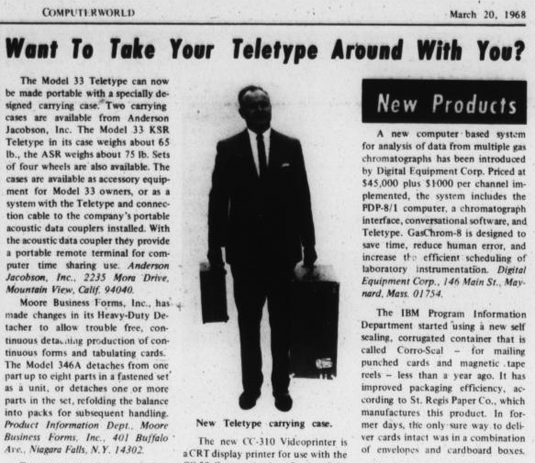

 There’s no such thing as the perfect computer, and never has been. But in the personal computer’s long and varied history, some computers have been decidedly less perfect than others. Many early PCs shipped with major design flaws that either sunk platforms outright or considerably slowed down their adoption by the public. Decades later, we can still learn from these multi-million dollar mistakes. By no means is the following list exhaustive; one could probably write about the flaws of every PC ever released. But when considering past design mistakes, these examples spring to my mind.
There’s no such thing as the perfect computer, and never has been. But in the personal computer’s long and varied history, some computers have been decidedly less perfect than others. Many early PCs shipped with major design flaws that either sunk platforms outright or considerably slowed down their adoption by the public. Decades later, we can still learn from these multi-million dollar mistakes. By no means is the following list exhaustive; one could probably write about the flaws of every PC ever released. But when considering past design mistakes, these examples spring to my mind.

 What Were They Thinking?
What Were They Thinking?
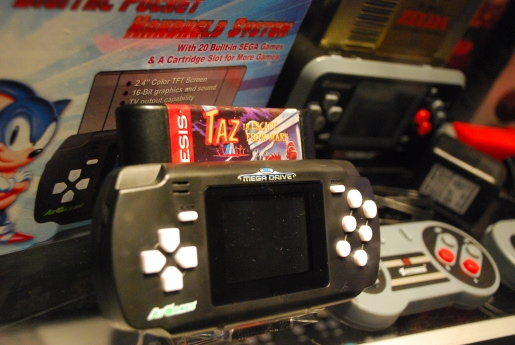
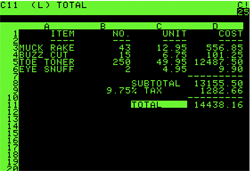 This week marks the thirtieth anniversary of the public debut of VisiCalc, the first spreadsheet and the personal computer industry’s original killer app. Co-creator Dan Bricklin has
This week marks the thirtieth anniversary of the public debut of VisiCalc, the first spreadsheet and the personal computer industry’s original killer app. Co-creator Dan Bricklin has  The personal computer revolution is roughly thirty-five years old, which means that been through seven half-decades so far. To me, the most interesting one is the first half of the 1980s–when PCs were really getting going, and hadn’t yet become commodified through compatibility. Almost every new one was an experiment, whether it was wildly successful or a flop.
The personal computer revolution is roughly thirty-five years old, which means that been through seven half-decades so far. To me, the most interesting one is the first half of the 1980s–when PCs were really getting going, and hadn’t yet become commodified through compatibility. Almost every new one was an experiment, whether it was wildly successful or a flop.